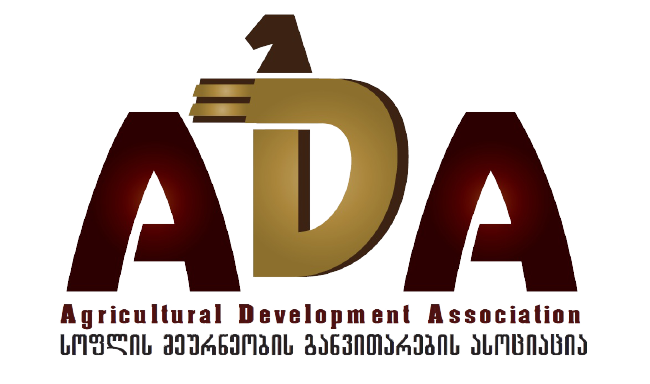
Within the framework of the project of the United Nations Development Program Georgia (UNDP) with the financial support of the Swiss Development and Cooperation Agency (SDC) (“Modernization of Vocational Education and Training system (VET) related to agriculture in Georgia) an Atlas of cereal and legume agricultural plants was elaborated and published by ADA.
The Atlas contains the professional recommendations and information related to the modern handling technologies of cereal and legume agricultural plants.
Basically, the Atlas contains the following information and professional materials:
- Production agro-terms of cereal and legume agricultural plants according to the regions of Georgia and preliminary budgets;
- Lists of agro-measures needed to be provided in the process of handling of the target-agricultural plants during the vegetation period and the preliminary cost-calculations of each arrangement;
- Identification rules of key fungal, bacterial and viral diseases of the target-agricultural plants and the relevant IPM strategies;
- Identification rules of the basic physiological disorders of the target-agricultural plants;
- Key insect pests, rodents and mites of cereal and legume agricultural plants – identification rules and the relevant IPM strategies.
The atlas presents up to 126 fungal, bacterial and viral diseases of 12 different types of cereal and legume agricultural plants
The symptoms caused by the above-mentioned harmful organisms are given in tabular format, which simplifies the first identification of a specific disease, especially in field conditions. The Atlas also includes recommendations for complex disease control and illustrations of disease symptoms, which are accompanied by additional information and relevant explanations.
The Atlas is designed for the students and specialists of the agricultural fields and farmers.
Within the framework of the project, the Atlas was published directly for the specialists of the information-consulting services (public agro-extension service providers) of the Ministry of Environmental Protection and Agriculture of Georgia, as an auxiliary guide in the production of agro-consultancy services.
